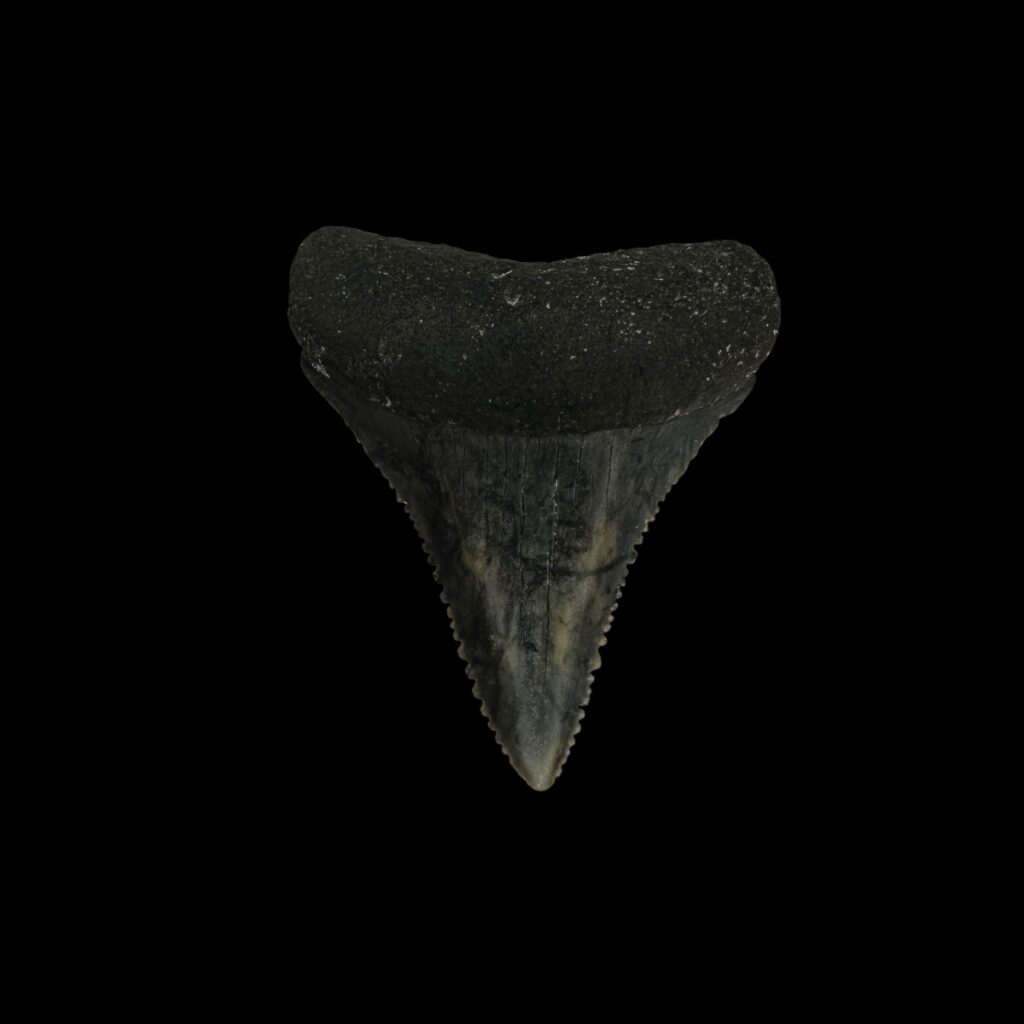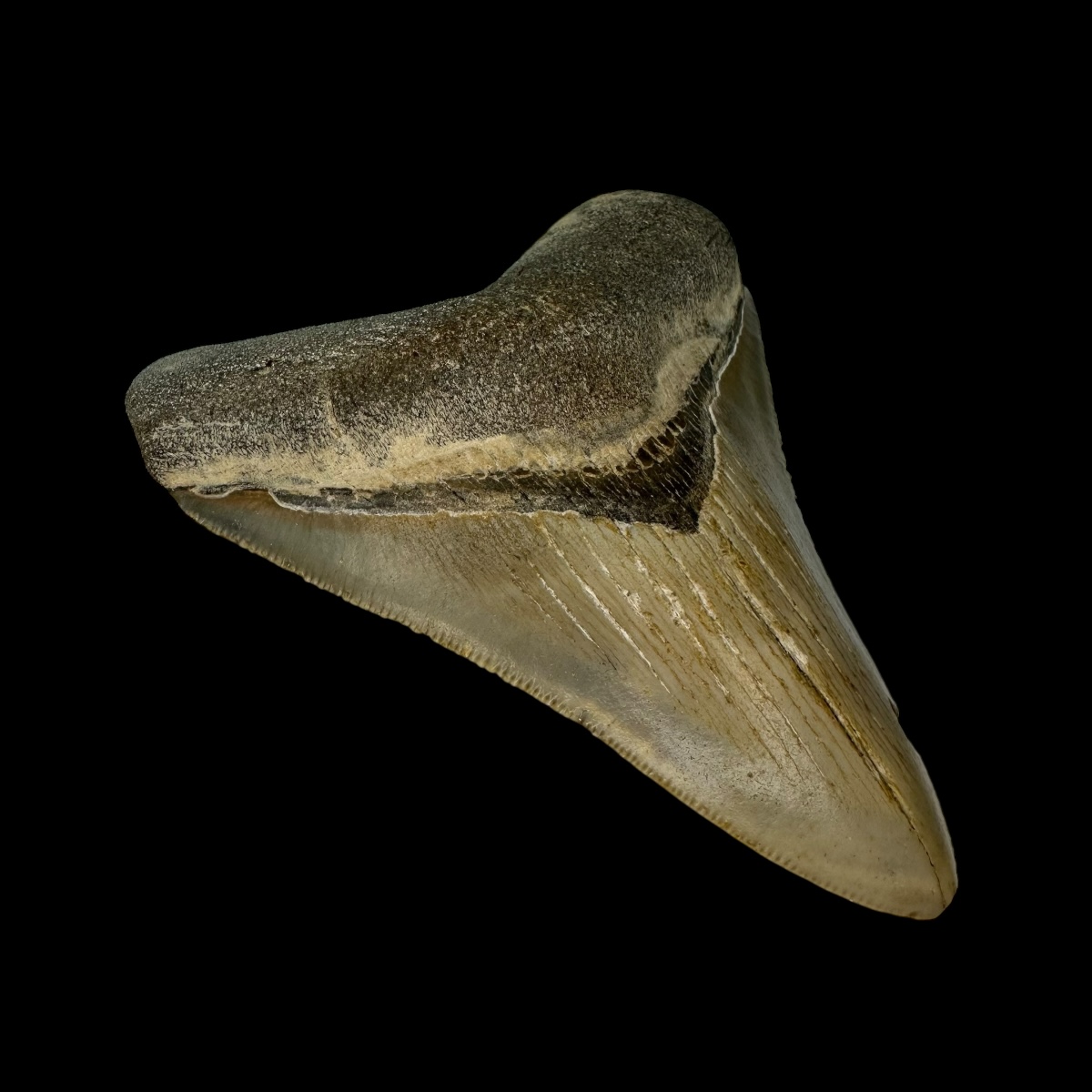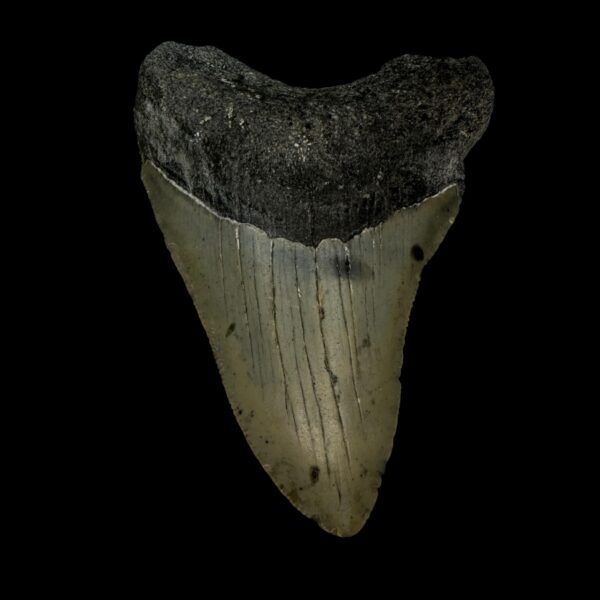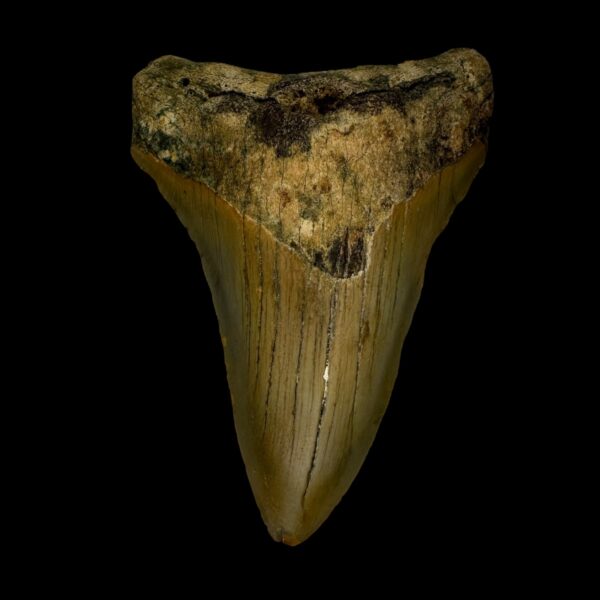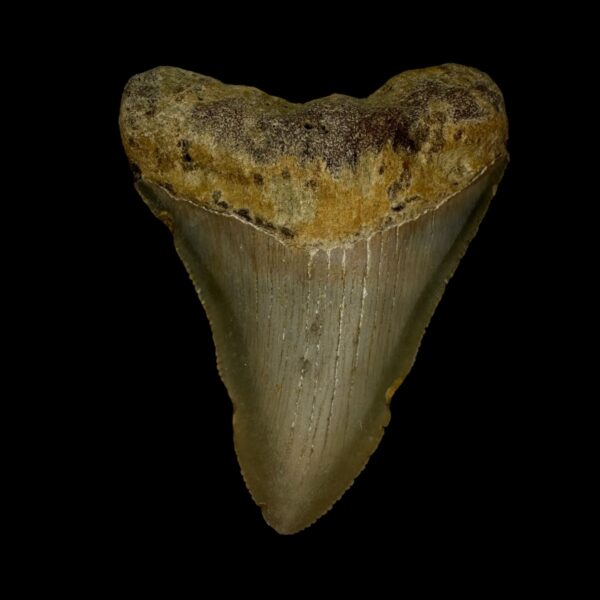🦈 7 Essential Tips for Fossilized Shark Teeth Identification – Beginner’s Chart Included
Introducción
Fossilized shark teeth identification is a fascinating skill that every fossil collector, beachcomber, or enthusiast should develop. With over 400 species of sharks—many now extinct—fossilized teeth can be found in all shapes, sizes, and colors. But how can you tell which shark your fossil came from? Or if it’s even real?
This beginner’s guide will walk you through 7 essential tips to help you confidently identify fossilized shark teeth, supported by a simple chart and expert advice from The Fossil Exchange.
🧾 What Are Fossilized Shark Teeth?
Shark teeth fossilize when they’re buried under sediment and mineralized over thousands or even millions of years. Unlike bones, shark teeth are harder and more resistant to decay, making them some of the most common marine fossils found today.
Fossilization can change the tooth’s:
Color
Texture
Weight
Mineral content
Despite these changes, their shape and structure often remain well preserved—making proper identification possible.
📊 Fossilized Shark Teeth Identification Chart
| Feature | Description (What to Look For) |
|---|---|
| Tooth Shape | Triangular (Megalodon), narrow hook (Sand Tiger), flat blade (Mako) |
| Serrations | Present in species like Great White and Megalodon |
| Root Structure | Wide root = predator; narrow root = filter feeder or smaller shark |
| Color | Black, brown, grey, tan – varies by mineral content and age |
| Size | Ranges from under 1 inch (Lemon Shark) to over 7 inches (Megalodon) |
✅ 1. Study the Overall Shape
To begin fossilized shark teeth identification, observe the general shape of the tooth. Some examples:
Triangular and wide: Likely Megalodon or Great White
Thin and curved: Possibly Tiger Shark or Bull Shark
Long and slender: Sand Tiger or Requiem sharks
The outline of the tooth is your first clue.
✅ 2. Check for Serrations
Serrations—tiny saw-like edges—are a key feature in predatory shark teeth.
Fine serrations: Megalodon, Great White
Coarse serrations: Tiger Shark
Smooth edges: Mako, Sand Tiger
Use a magnifying glass if needed. Serrations often wear down over time but may still be visible.
✅ 3. Examine the Root
The root of the tooth can reveal a lot about the species:
Thick, strong roots: Indicate powerful jaws, like those of Megalodon
W-shaped or heart-shaped roots: Seen in Great White or Requiem sharks
Narrow roots: Common in deep-sea or bottom-dwelling species
The width and shape of the root help distinguish between families.
✅ 4. Consider the Tooth Size
Size is important—but not definitive. For example:
Teeth under 1 inch: Lemon Shark, Sandbar Shark
1–3 inches: Great White, Mako
Over 3 inches: Likely Megalodon or large extinct species
Remember, sharks have multiple rows of teeth, so sizes vary depending on position in the jaw.
✅ 5. Pay Attention to Color and Texture
Fossilized shark teeth come in many colors due to mineral content:
Black: Common in river and swamp fossils
Brown or tan: Often found in coastal sand
Grey or blueish: May indicate deeper fossil layers
The texture should feel stone-like or slightly gritty—never glossy or plastic.
✅ 6. Know Common Species and Their Traits
Here are a few commonly found fossilized shark teeth and how to recognize them:
Megalodon: Huge size, fine serrations, thick root
Great White: Triangular, serrated, moderate size
Mako: Smooth edges, curved blade-like tooth
Tiger Shark: Notched edge, rectangular crown
Sand Tiger: Needle-like tooth, long and narrow
Learning to spot these common types makes fossilized shark teeth identification much easier.
✅ 7. Learn Where Different Fossils Are Found
The location can give big clues. For example:
North Carolina rivers: Megalodon, Sand Tiger
Florida beaches: Mako, Lemon Shark, Bull Shark
South Carolina streams: Great White, Megalodon
Indonesia & Morocco: Various extinct species from phosphate-rich layers
When you know what fossils are native to an area, you can narrow your guesses quickly.
❓ FAQ – Fossilized Shark Teeth Identification
How old are fossilized shark teeth?
Anywhere from a few thousand to over 20 million years, depending on the species and location.
Is color a reliable way to identify shark species?
No. Color depends on sediment and minerals—not species. Focus on shape and serrations instead.
What’s the rarest shark tooth to find?
Teeth from extinct species like Otodus or complete Megalodon specimens over 6 inches are highly prized.
Are all large teeth from Megalodon?
No. Some extinct species had large teeth, but Megalodon is the largest known.
🛒 Want to Buy Real Fossilized Shark Teeth?
At The Fossil Exchange, we offer authentic, diver-recovered fossil shark teeth from Megalodon, Great White, and more. Every piece is inspected, photographed, and described in detail.
👉 Browse Authentic Shark Teeth Fossils
Whether you’re starting your collection or searching for a rare specimen, we’re here to help you identify and own genuine fossils.
